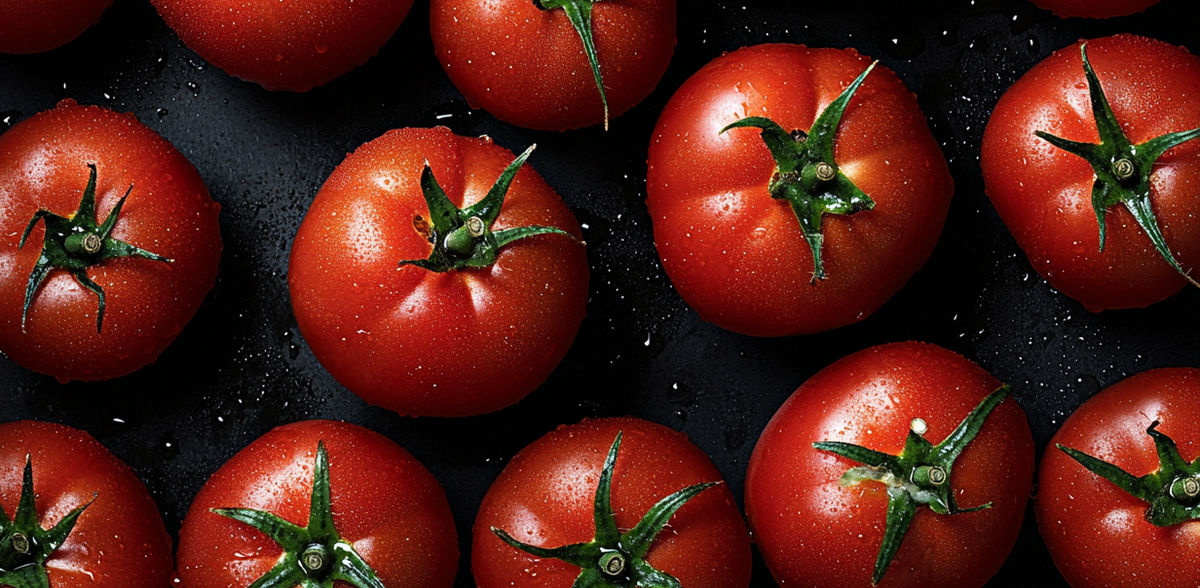Tomato tangles: Cell wall components key to fruit ripening unveiled
Advertisement
A pioneering study has revealed the crucial role of cell wall components in tomato fruit ripening. By investigating the effects of altered SlP4H3 gene expression on arabinogalactan proteins (AGPs), researchers have illuminated the complex biochemical processes that control fruit maturation. This discovery could revolutionize agricultural practices, paving the way for tomato varieties with enhanced texture, nutritional value, and resilience to environmental challenges.

The spectral plots for the elemental composition of WT, RNAi#7, OEX#1, and OEX#2 tomato fruits.
Horticulture Research
Tomato fruit ripening involves intricate biochemical and structural changes, particularly within the cell wall, which are vital for the fruit's final texture and quality. These changes include modifications in polysaccharides and proteins, but the specific roles of various cell wall components, such as arabinogalactan proteins (AGPs), remain unclear. Given these challenges, it is crucial to conduct in-depth research to unravel the molecular interactions within the cell wall during ripening.
A study (DOI: 10.1093/hr/uhae145) conducted by the Institute of Agrophysics, Polish Academy of Sciences, and the Mediterranean Agronomic Institute of Chania, published on May 24, 2024, in Horticulture Research, explores the impact of AGPs on tomato ripening. Using advanced molecular and imaging techniques, the researchers examined how modifying the SlP4H3 gene, responsible for AGP synthesis, affects cell wall integrity during fruit ripening. The findings highlight the essential role of AGPs and other cell wall components in maintaining fruit quality.
The study centered on the SlP4H3 gene, which encodes proline hydroxylase, an enzyme critical for AGP synthesis. Altering this gene's expression led to significant disruptions in cell wall structure, especially in the interactions between AGPs and other polysaccharides like homogalacturonans (HGs) and rhamnogalacturonan I (RG-I). Overexpression of SlP4H3 increased AGP content, while gene silencing resulted in a notable decrease. These changes caused visible morphological alterations in the fruit's tissue, particularly during the red ripe stage, where cell walls exhibited excessive swelling and disrupted continuity. The study also linked these structural changes to the fruit's softening process, underscoring the importance of AGP and pectin interactions in preserving fruit firmness and integrity during ripening.
Dr. Nataliia Kutyrieva-Nowak, a lead author, remarked, "Our findings highlight the critical role of AGPs and other cell wall components in tomato fruit ripening. By manipulating the SlP4H3 gene, we demonstrated that even subtle changes in cell wall structure can significantly affect the fruit's texture and quality. This research opens new possibilities for improving postharvest storage and reducing fruit loss, key concerns in agriculture."
The implications of this research extend significantly, particularly for enhancing the shelf life and quality of tomato fruits. Understanding the molecular mechanisms that drive fruit ripening could enable agricultural scientists to develop strategies to improve firmness and reduce spoilage during storage. Additionally, the study’s insights into AGPs' role may guide the breeding of new tomato varieties with better texture and resilience to environmental stresses, benefiting both growers and consumers.





























































